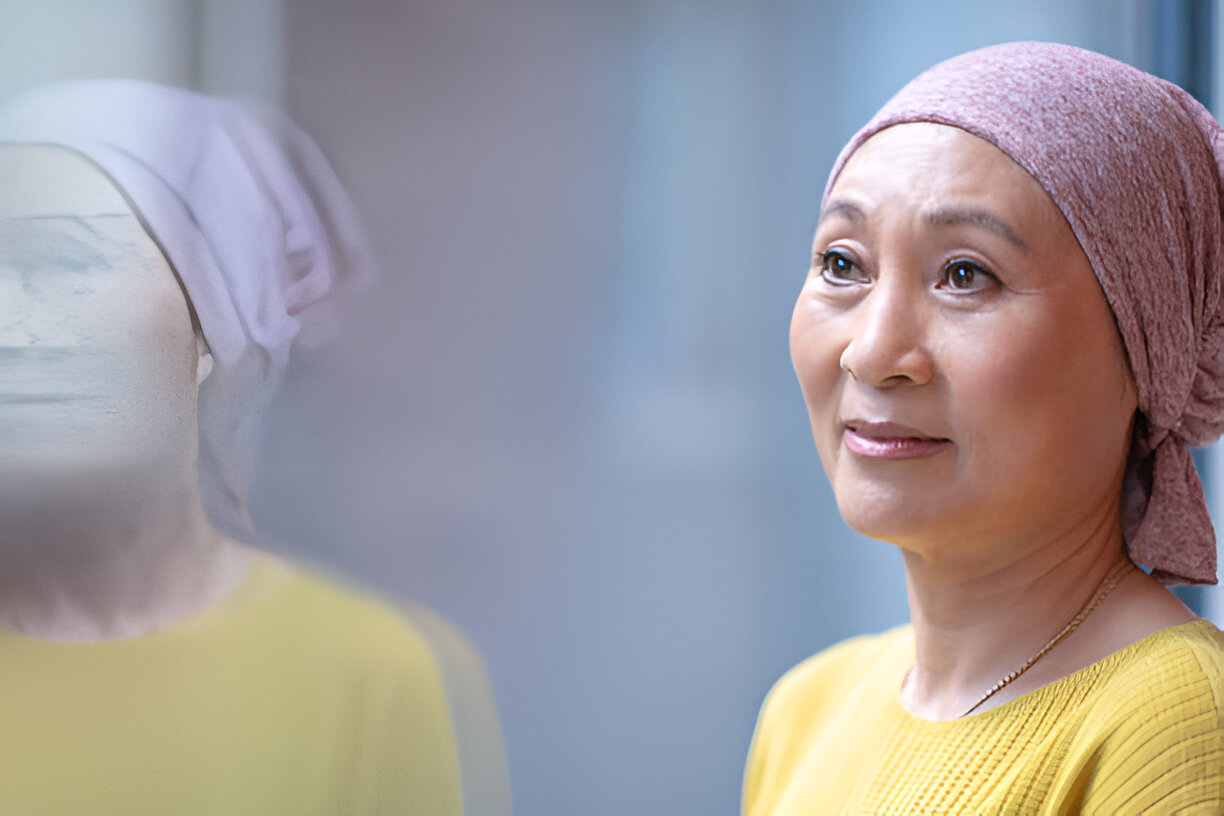
“Ma, what are you going to do about this rain?” he asked her. “It's not gonna rain,” she said.
“You sure? It's not looking good.”
“Trust me,” she said. “It's. Not. Gonna. Rain.”
And before the festivities began that day, as if on cue, the clouds parted, and all who attended enjoyed an afternoon of games, music, and fund-raising — without a single drop. Bert and his brother, John Jacobs, were thrilled, but not surprised. After all, as the cofounders of
Life is good
— the wildly successful T-shirt company built on a message of optimism — they were already well-versed in the power of a sunny outlook.
Call it a stroke of genius, good timing, or simply a charming visual concept. But the fact is, 15 years after the company's inception, Life is good has gone from homespun dream to big business, having recently passed the $100 million mark. From the original flagship store on Newbury Street in Boston to the now 130 dedicated shops and retailers nationwide, the venture is, by all accounts, a roaring success.
Jake, the cartoon hero of the Life is good brand (and the handiwork of John Jacobs), flashes his toothy grin on T-shirts, tire covers, tote bags, and more — all purchased and displayed proudly by moms, athletes, cancer survivors, and movie stars alike. It's an icon that has successfully staked a claim in the pop culture landscape.
In fact, there seems to be nothing Bert and John can't do with Life is good — except take credit for its success. While they unquestionably put in the hard work to get the company off the ground, they're quick to tell you that they were initially clueless about retail, and that they got the most valuable advice from their friends (many of whom went on to work for the company). Bert will concede that theirs is a “nice boot-strapping story for the start of an American business,” but he insists that it doesn't explain all of their good fortune.
What does? It's their mission: to spread the power of hope. And not just a glass-half-full philosophy, but a strategy for living.
“Optimism focuses on what's right with the world, rather than on what's wrong,” says Bert. “It's tremendously empowering.” While not an action in and of itself, it invites collaboration and outreach. “It allows you to meet new people, learn new things,” he adds. “It's the belief in the possibility of something — because then there's a chance of getting there.”
“Made You Laugh”
As the youngest of six kids growing up in a crowded home in Needham, Massachusetts, Bert and John were raised on very modest means. Their mother's unsinkable spirits, they say, kept the family afloat. No bad words about anyone ever crossed her lips, and she saw the bright side and kept her sense of humor even when money got excruciatingly tight.
“I like being out of money,” she'd say. “That way, I don't have to think about what I have to buy.” When the whole family sat down to dinner, as they did every night, Joan would ask, “So, what good thing happened today?”
Her upbeat outlook rubbed off on Bert and John. While some brothers compete for attention or athletic prowess, the two youngest Jacobses spent their bunk-bed years trying to see who could make the other laugh the hardest.
“Bert was in the top bunk, and I was in the bottom, and at night we'd go back and forth, trying to outdo each other,” says John. “I was pretty good, but Bert was relentless. Just when I thought I'd won and had rolled over to go to sleep, Bert would lean over and start talking again, and he wouldn't stop until I was laughing.”
It wasn't until they were in their 20s, in 1989, that the two hatched a plan that would change their lives. “We wanted to do something creative,” says John, who attributes this artistic inclination to Mom's encouragement. “We knew that making and selling T-shirts was the most accessible and inexpensive way to connect with other people through art. It's not like we had the money to open a gallery.”
John had been writing, drawing, and collecting favorite sayings since high school, and between the two of them, they had no shortage of ideas. For the next five years, the brothers rented a small apartment that served as home base in Newton, Massachusetts, and hit the road for six weeks at a time, trawling colleges and universities up and down the Eastern seaboard, as far south as Virginia, trying to sell their T-shirts. They lived out of a van they called “The Enterprise” and subsisted largely on peanut butter sandwiches.
They had their share of rough times — like when they sold barely enough shirts to cover their expenses, or when they fought, which always killed their selling mojo. “Sometimes I'd really question myself,” John recalls. “I'd be selling T-shirts on a street corner in Harvard Square in the middle of winter with snot coming out of my nose when I'd run into a friend from high school in a business suit and think, ‘What am I doing?'” But one thing kept them going, and that was their goal of sharing a simple, unadorned message of hope, one that runs counter to the kind of badnews-centric, stress-addled world we live in.
For them, it wasn't just about moving shirts, but about creating a brand that meant something. “We wondered if we could create an icon, some symbol, that would celebrate what's right with the world — and whether people would buy it.” One day at a Boston street fair, they got their answer. Jake, their stick-figure character, made his debut that morning. To their shock, they sold out of their stock of 48 shirts in 45 minutes.
“We couldn't believe it,” says John. “Everyone went straight for the Jake pile — Harley guys, schoolteachers, skateboarders, you name it. Bert and I looked at each other and thought, this is it.”
Today, Bert surmises that the “Life is good” message, coupled with the carefree image of Jake, was simple enough to swallow, light enough not to be mistaken for preachy, and profound enough to matter. “There's a reason why the phrase ‘Life is good' works,” he says. “Note that we don't say ‘Life is great!' We say life is good, period. Three simple words. People connect with it instantly.”
Pay It Forward
There's even more to the spirit of the brand than just good intentions. A natural-born philanthropist, Bert chafes at the idea of paying lip service to good causes. If you want to spread optimism, he says, you have to give people a way to do it. And this is where the rubber meets the road: the company's passionate involvement and partnership with Project Joy. This nonprofit organization (the prime beneficiary of the Life is good Kids Foundation) fosters the development of at-risk children through the art of play — which, Bert says, aligns with Life is good's whole philosophy.
“Play is so much of who we are and how we engage with the world,” he says. “We want to create awareness that adverse social conditions — poverty, violence, abuse — are life-threatening conditions, just like cancer.” So when people walk into one of his stores, Bert wants them to see how they can help children. “You can volunteer at a festival or buy a book or fundraising T-shirt, and 100 percent of the profits will go toward the Kids Foundation.”
Thanks to a loyal and enthusiastic customer base, Life is good has raised more than $4 million for the cause through merchandising and through the increasingly popular Life is good festivals — fun, family-oriented events made possible by thousands of volunteers, generous corporate sponsors, and support from local cities and towns. It's no surprise that a company built with such heart would pay its good fortune forward.
What is striking is the scope of the fan base. As it turns out, optimism is not just for the happy-go-lucky. Sure, the Jacobses receive countless letters and photos from smiling coeds and carefree surfers, but they also hear from people who say that they wore their Life is good shirts or hats to get through tough times.
“Whether it's going through chemo or losing a loved one, they tell us they have come to know what's really important in life,” says John. “Over time, these are the people who have taught us the depth of our own message.” The dream of creating a viable business was one step, they add, though it isn't the be-all, end-all. “We feel like we're just getting up to bat,” says John. “We've received so much support along the way from family, friends, and strangers — and we have a long way to go to balance the equation.”
In the end, they say, we all have a choice. We can focus on what's wrong with the world, or we can see the sunny side, even when it rains. “One of my favorite sayings is, ‘Remember that the music is not in the guitar,' ” says John. “We get to decide how to use what we have. We can see and support the good in ourselves and others, one gesture at a time.” “That's the great thing about optimism,” adds Bert. “You don't start it or own it. You simply let it loose in the world and help it grow.”



















